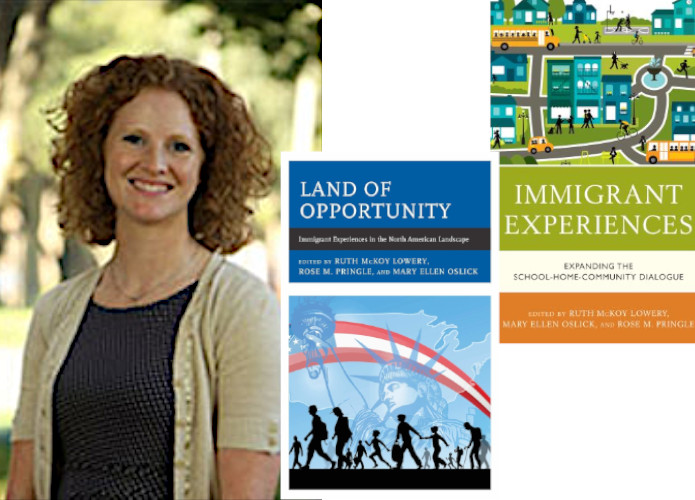Jesus Alfonzo, promoted to Professor
Book: Playing Viola: Conversations with William Primrose by David Dalton
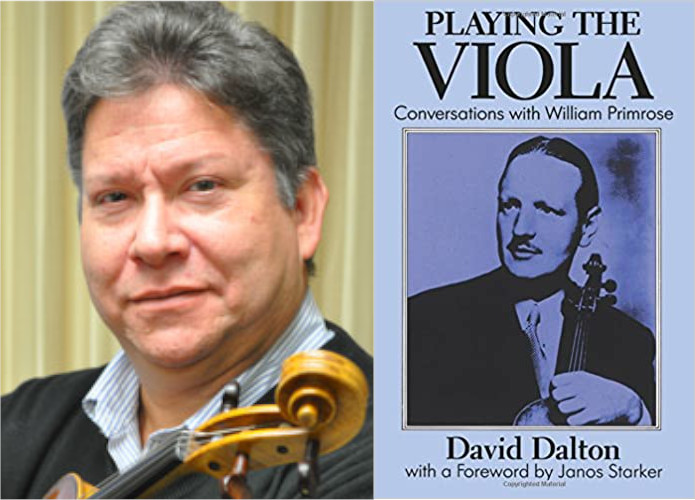
Few months after my graduation at The Juilliard School (1984), I went to Isle of Man, UK, to participate in The XII International Viola Congress and The Lionel Tertis International Viola Competition. I had the opportunity to meet and hear the greatest and famous violists of that moment and of our time. Also, I did gather violists who had the privilege to meet Sir William Primrose, the most important representative in the world of the viola.
Dr. David Dalton, a prominent American researcher, writer, and violist, was one of the Congress lecturers and focused his conference on his book titled Walk on the North Side: Memoirs of a Violist, a work based on Primrose’s biography. He let us know about his experiences talking and interviewing William Primrose and mentioned how wonderful it was to listen to him, especially the narrations concerning his personal and artistic experiences. I was fascinated with the anecdotes and details of that extraordinary musician, and I immediately bought Dr. Dalton’s book. The fascination afterward was even more significant.
As soon as Dr. Dalton published his new book, Playing the Viola: Conversations with William Primrose (1988), I bought it and read it with the previous fascination and interest. During the reading, I felt a personal identification in many of the topics that Primrose described, especially in his professional life as a performer and educator.
Since then, I did the commitment to promote in my colleagues and my students, the vital role of William Primrose in the rescue of the 18th and 19th-century viola repertoire, and to encourage composers of the 20th century to write more works for this wonderful instrument.
Rachel Core, tenured, promoted to Associate Professor
Book: Beyond the Neon Lights by Hanchao Lu
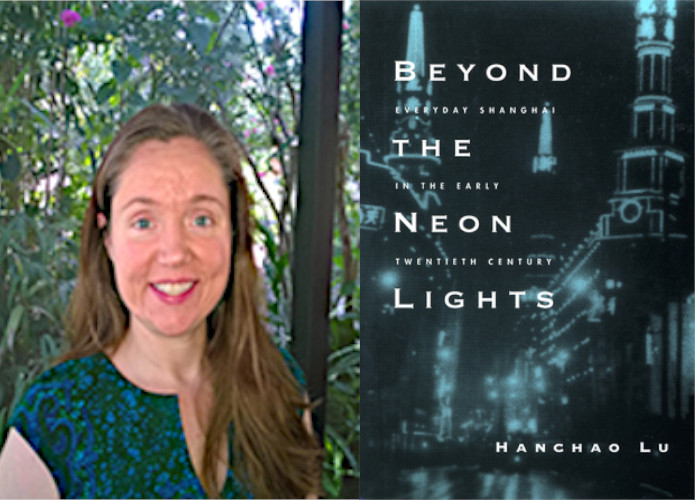
Shanghai is one of my homes. I adore the city, but I hated it the first time is visited. In December 1995, as I tried to get off a bus at its terminus, people rushing onto the bus so they could get seats for the journey in the opposite direction knocked me down. That event was emblematic of what I believed was an impersonal megapolis. I learned to love Shanghai 16 months later when I returned on another study abroad seminar and became interested in social inequality and social change. I wondered what sorts of experiences contributed to the behaviors I witnesses, such as rushing onto public transportation.
Lu Hanchao’s Beyond the Neon Lights answers some of my questions by investigating the lives of non-elite actors. Lu’s book is social history, but his interviews with 41 workers and the numerous photographs throughout the work make it feel ethnographic. He also captures a number of sociological topics including social hierarchies, in both the wider metropolis, as well as within neighborhoods and professions. Likewise, the book highlights social mobility, including rural to urban migration and attempts to move out of shantytowns. Finally, and most closely related to my own work, Lu examines the process through which “healthy” behaviors are created, normalized, and institutionalized. In particular, Lu awakens us to “the men who woke up the city” as they pulled their “honey carts” through the alleyways between 4:00 and 5:00 AM, collecting accumulated night soil from the chamber pots of each household (189). While excrement might seem like a deviant topic of interest, it is the perfect topic for illustrating social inequality, connections, and change, with respect to a vital service.
Joshua Eckroth, tenured, promoted to Associate Professor
Book: The Sciences of the Artificial by Herbert Simon
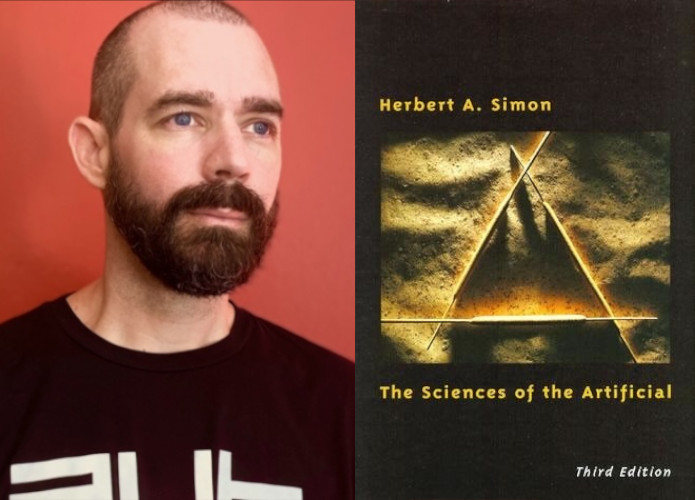
When I was an undergraduate, my advisor gave me a copy of Herbert Simon’s The Sciences of the Artificial. Simon was a Nobel laureate (Economics) and Turing Award winner, and helped create the field of Artificial Intelligence. This book establishes an essential philosophy of what it means to create things that serve purposes, whether that’s software, machines, or organizations. He goes on to explain the ‘architecture of complexity’ and develop a ‘science of design,’ which I find especially relevant in software engineering. It is profound in its ability to clearly address ‘what are we doing when we make things?’
Asal Johnson, tenured, promoted to Associate Professor
Book: Root Shock: How Tearing Up City Neighborhoods Hurts America, And What We Can Do About It by Mindy Thompson Fullilove
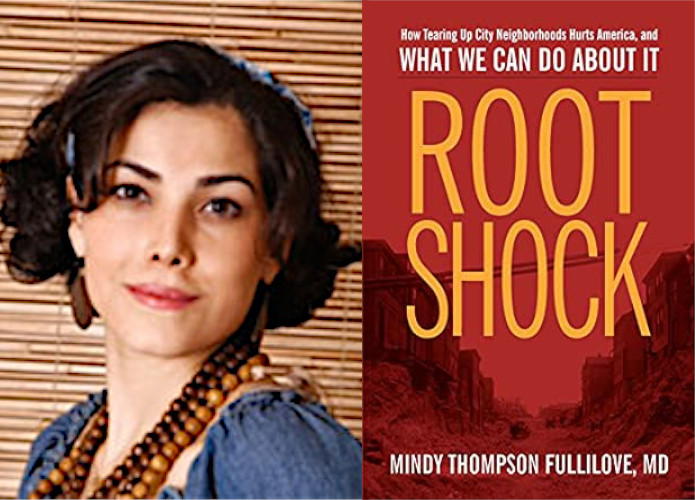
This book discusses and analyzes urban renewal projects in the US and the role they played in disrupting different aspects of African American communities throughout the nation. Teaching this book in my seminar course, planning for healthy cities, has had some deep impacts on my own philosophical approach on racial segregation. I was taught during my graduate years at Florida State University that the best approach to racial segregation is “integration”. However, reading the book of “Root Shock” which is written by a black scholar combined with my local DeLand knowledge taught me that there are culture, history, community identity and social capital embedded in black neighborhoods of America. Although these neighborhoods exist because of institutional racism, urban renewal projects that involved these neighborhoods in the 70s and 80s did not result in creating mixed racial neighborhoods. On the contrary, they inflicted pain and suffering on residents of these neighborhoods as they displaced them.
Danielle Lindner, tenured, promoted to Associate Professor
Book: Self-Compassion: The Proven Power of Being Kind to Yourself by Kristin Neff
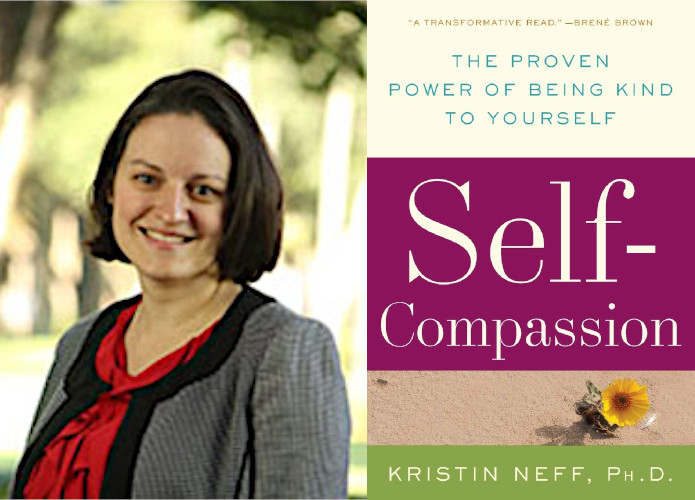
The work faculty and students undertake requires us to be vulnerable – we have to be willing to take intellectual risks, ask hard questions, make mistakes, and receive feedback from others. Practicing self-compassion is ultimately what frees us up to do this work, and it allows us to turn difficult moments into opportunities for growth.
John Lychner, tenured
Book: Teaching/Discipline: A Positive Approach for Education Development by Clifford K. Madsen & Charles H. Madsen, Jr.
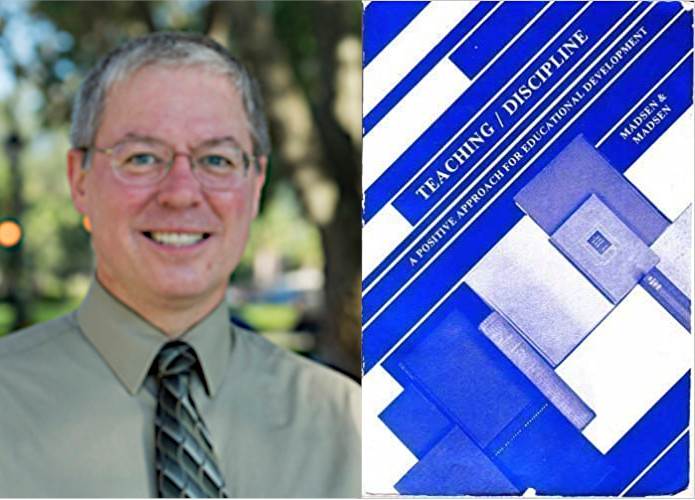
Clifford Madsen was my major professor during my doctoral studies at Florida State University. I knew of him and his work before I went to Florida State but as I took his classes and worked with him on my research, I became keenly aware of how much influence his work had on my teachers, my teaching, and the profession as a whole. Teaching/Discipline: A Positive Approach for Educational Development is filled with important lessons, many that I had learned long before I knew of the book because my teachers had been influenced by Clifford Madsen’s wonderful insights and approaches. I have great memories of the many “ah ha” moments that came through reading this book and the class discussions that followed.
Ben Tanner, tenured, promoted to Associate Professor
Books: Becoming by Michelle Obama
Renascence and Other Poems by Edna St. Vincent Millay
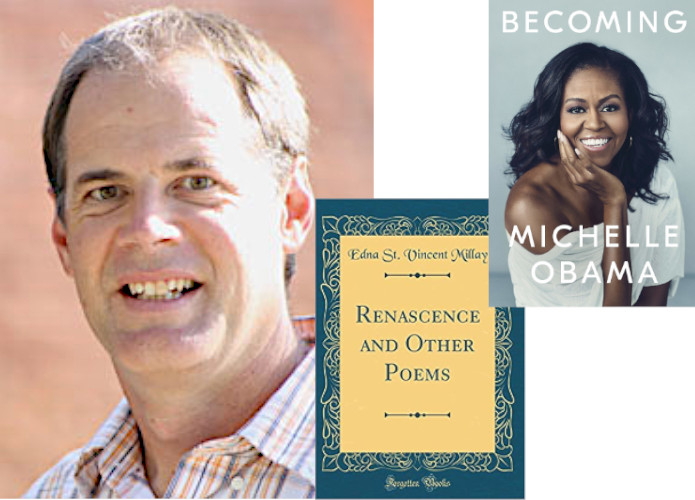
Two works spoke to me in a deep way this summer. Michelle Obama’s Becoming is timely and I hope her generous wisdom shapes me as I, on my path, continue to “become.” I have been fortunate to enjoy retirement to the wilderness on occasion during this time of social distance. Edna St. Vincent Millay’s “God’s World” echoed across my memory. The juxtaposition of current circumstances with breathtaking frames left me thinking that, perhaps, the natural world was indeed too beautiful this year.
Jessica West, tenured, promoted to Associate Professor
Book: Lords of Finance: The Bankers Who Broke the World by Liaquat Ahamed
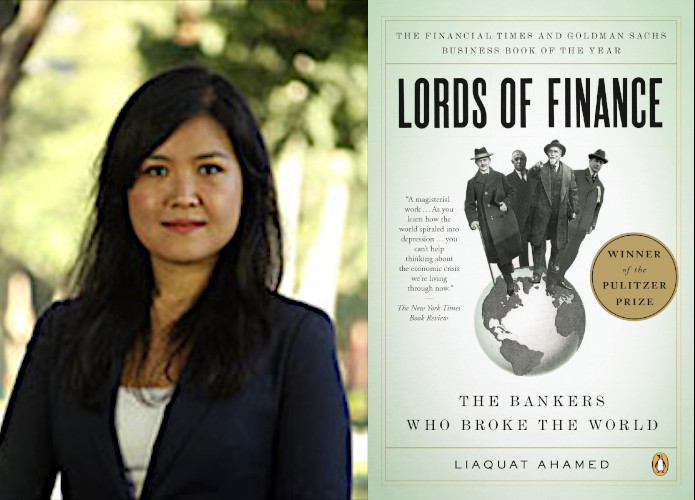
This book provides an insightful overview about the causes and consequences of the Great Depression through the personal histories of the four heads of the Central Banks of United States, Great Britain, France, and Germany. It provides a history of central banking and the change of monetary systems during interwar years. This is a must-read for anyone who is interested in world financial history, political systems and economic systems as the lessons learned from this book are very relevant to today’s issues since history repeats itself.
Petros Xanthopoulos, tenured, promoted to Associate Professor
Book: Flatterland by Ian Stewart
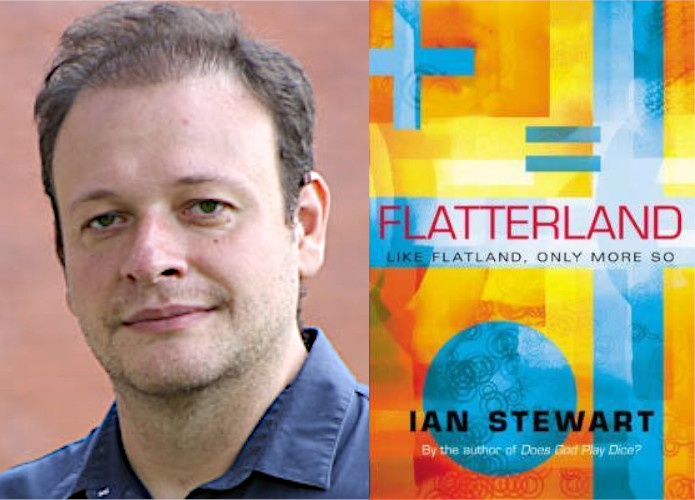
This is a book that I read when I was in college and it is basically a novel about popularized mathematics. The reason that this book influenced me is because it made me understand the value of storytelling. Mathematics is often seen as a dry and uninteresting subject often given is such a format that most people cannot comprehend or appreciate. In this book the author show a different path that allows even the uninduced reader to grasp concepts that would normally require several years of grad school study, So since then I realized that good story telling is so powerful and that shaped my approach as a teacher.
Daniil Zavlunov, tenured, promoted to Associate Professor
Book: Defining Russia Musically: Historical and Hermeneutical Essays by Richard Taruskin
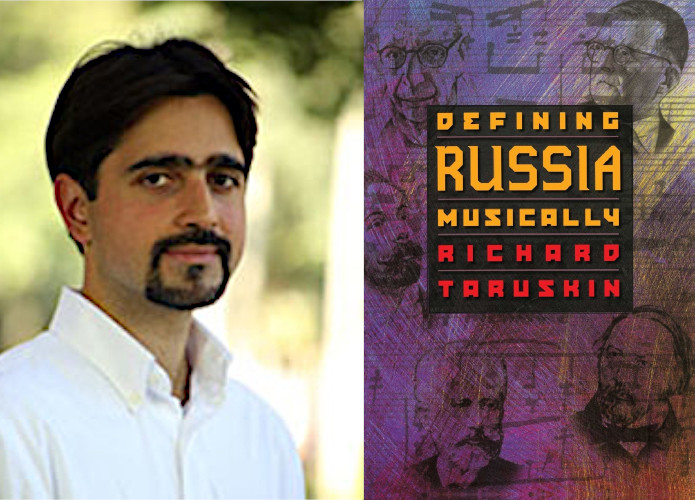
I first came across this book almost twenty years ago, when, as a college junior, I was writing a historical-analytical thesis on what traditionally has been viewed as the quintessential Russian opera—Glinka’s Ruslan and Lyudmila (1842). In my project I was eager to debunk this myth, arguing that the opera’s musical language and forms embody Italian operatic conventions. Taruskin’s Defining Russia Musically, too, was overturning numerous myths about Russian music and probing questions about national identity—except that it did it in ways that I could not yet imagine. I did not then or now agree with everything that the author had to say, but I was in awe of the book, blown away by the elegance of Taruskin’s writing style, the forcefulness of his expression, the historical sweep and scope of the study, the depth of music analysis and, for me, the novelty of the author wielding the tools of music analysis in service of understanding not just the music itself, but society and culture which the music encodes and manifests. In other words, the music of Taruskin’s book transcended music as experience, as aesthetics or as abstract formal structures—all things that occupied my imagination at the time. As such, the book made me aware of new kinds of questions that one could ask of music—the kinds of questions that I have been asking ever since in my own work. I return to this book often, both in my scholarship and teaching, and every time I do, it feels like I am reading the book for the first time—so rich are its insights. And, by the way, Defining Russia Musically—I learned a couple of years after my first encounter with it—also transformed the field of Russia music studies.
Faculty Authors
Valrie Chambers- Why Isn’t Everyone a Millionaire?: How Our Good Habits Stop Us from Getting Richer
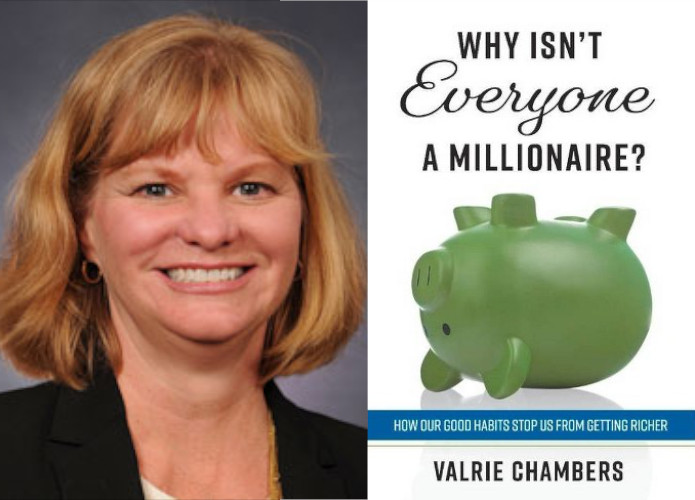
Chris Colwell – The Fourth Tier: Leadership and the Power of Charisma
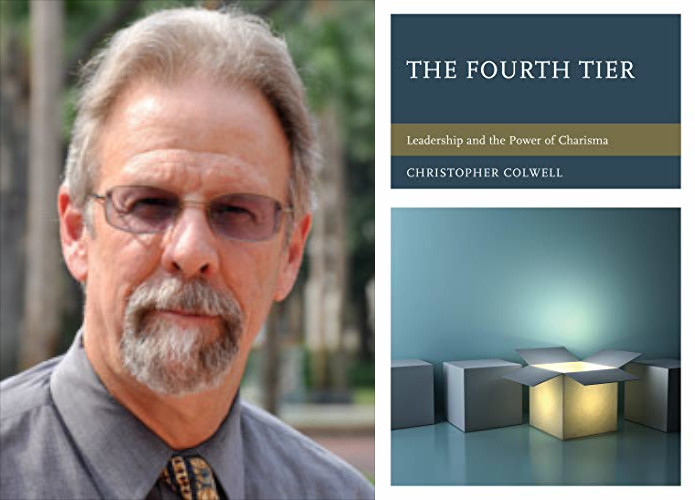
Mary Ellen Oslick – Immigrant Experiences: Expanding the School-Home-Community Dialogue
Mary Ellen Oslick – Land of Opportunity: Immigrant Experiences in the North American Landscape
